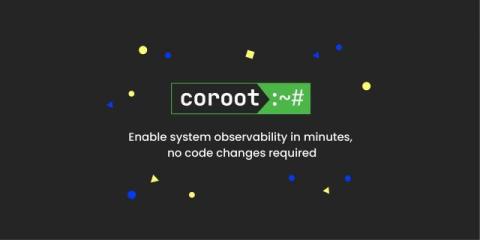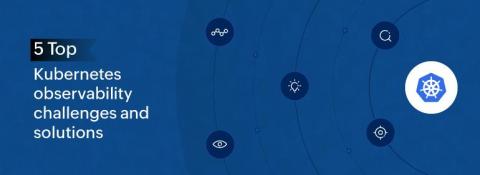Maximizing Developer Efficiency and Secure User Management: The Power of Lightrun Agent Pools
In the dynamic landscape of modern application development, managing telemetry across diverse environments and technologies can be a daunting task. Adding to that challenge is the multiple groups that are involved in the software development life cycle within an organization.











